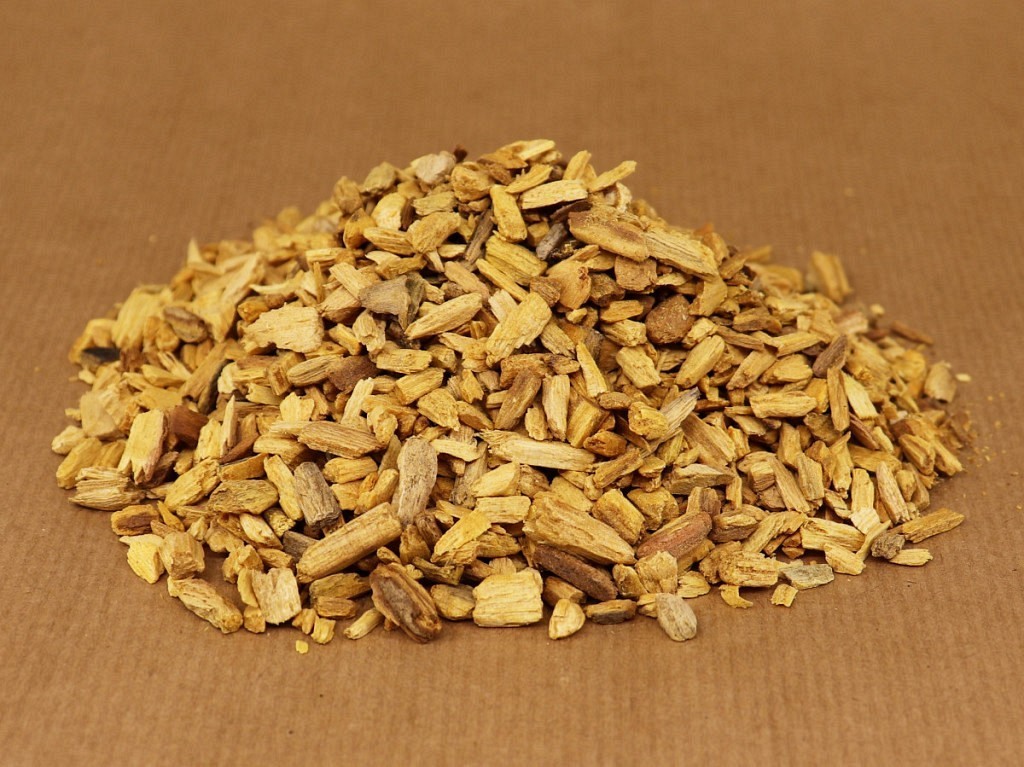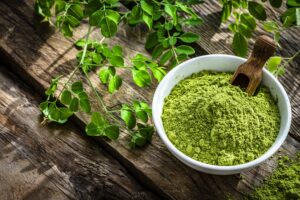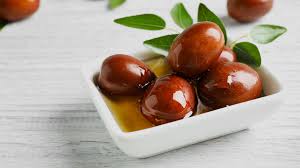Palo Santo Chips

Palo Santo, also known as “Holy Wood,” is a sacred wood revered for its aromatic properties and spiritual significance. It is commonly used in rituals, cleansing practices, and spiritual ceremonies to purify spaces and uplift the spirit. The chips, derived from the Palo Santo tree, are burned to release their fragrant smoke, believed to have healing and protective qualities. Palo Santo chips are a popular choice for those seeking to enhance their meditation, spiritual practices, and energy cleansing rituals. The wood is sustainably harvested, ensuring the continued growth and preservation of the Palo Santo trees.
1. Size:
- The chips vary in size, typically measuring between 1 to 3 inches (2.5 to 7.5 cm) in length. They are small enough to be easily handled and burned in a variety of settings.
2. Color:
- Palo Santo chips are light brown to golden in color, with a natural, earthy tone that reflects their organic origins.
3. Texture:
- The chips have a rough, woody texture, characteristic of the dried Palo Santo wood. When burned, the chips release a rich, aromatic smoke that is both soothing and invigorating.
4. Fragrance:
- Palo Santo is renowned for its sweet, woody fragrance, with notes of pine, mint, and lemon. The scent is deeply calming, often used to enhance meditation and spiritual practices.
5. Uses:
- Palo Santo chips are burned to cleanse spaces of negative energy, promoting a sense of peace and harmony.
- The calming fragrance of Palo Santo is used to deepen meditation, helping to focus the mind and elevate spiritual awareness.
- The chips can be burned or used in essential oil form to create a soothing atmosphere, ideal for relaxation and stress relief.
- Traditionally, Palo Santo has been used to ward off insects, making it a natural alternative to chemical repellents.
6. Habitat:
- Palo Santo trees thrive in the dry, tropical forests of South America, particularly in countries like Peru and Ecuador. The trees are protected and sustainably harvested to ensure their longevity and ecological balance.
7. Cultural and Spiritual Significance:
- In South American cultures, Palo Santo is considered sacred, often used in rituals to purify spaces, objects, and individuals.
- The wood is believed to connect the physical and spiritual realms, aiding in communication with the divine and enhancing spiritual practices.
- Palo Santo is revered for its healing properties, both physical and spiritual. It is used to ward off negative energy and protect against harm.
Spiritual Properties
- Purification: Palo Santo is often used to cleanse spaces, objects, and people from negative energies, leaving a peaceful and harmonious atmosphere.
- Spiritual Connection: The wood is believed to enhance spiritual practices, helping individuals connect with higher realms and the divine during meditation.
- Healing Energy: Palo Santo is associated with healing, both physically and spiritually, providing protection and soothing the soul.
Medicinal Properties
- Anti-inflammatory: Palo Santo is known for its anti-inflammatory properties, which can help relieve joint pain and inflammation.
- Respiratory Health: The aromatic smoke of Palo Santo is believed to support respiratory health, especially when inhaled during rituals or ceremonies.
- Stress Relief: The calming fragrance of Palo Santo helps alleviate stress and anxiety, promoting a sense of peace and well-being.
- Pain Relief: Palo Santo has been traditionally used to relieve headaches and other types of pain.
Allergic Reactions
Palo Santo is generally considered safe for handling and use, especially when burned in small quantities during rituals or as an aromatic tool.
- Skin Irritation: Some individuals may experience skin irritation, redness, or rash when handling Palo Santo chips. Those with sensitive skin are advised to use gloves or limit direct contact.
- Respiratory Discomfort: Inhaling the smoke from burning Palo Santo may cause respiratory discomfort, particularly in individuals with asthma or other respiratory conditions.
- Contact Dermatitis: Prolonged skin contact with Palo Santo chips might lead to contact dermatitis, characterized by inflamed and itchy skin. It’s advisable to handle the chips with care if you have sensitive skin.
- Eye Irritation: The smoke from burning Palo Santo can cause eye irritation in some individuals. It’s recommended to keep your eyes away from the direct smoke or ensure proper ventilation.
- Nausea: Prolonged exposure to the smoke of Palo Santo may cause nausea in some individuals, particularly in enclosed spaces with poor ventilation.
- Dizziness: Inhaling large amounts of Palo Santo smoke can lead to dizziness or lightheadedness, especially in those sensitive to strong fragrances.

Echinacea Purpurea Leaf
Echinacea Purpurea Leaf Echinacea Purpurea Leaf is a well-known herb valued for its immune-boosting properties and use in traditional medicine. It is commonly used to

Quince Seeds
Quince Seeds Quince (Cydonia oblonga) is a deciduous tree that produces pear-shaped, aromatic fruits. The seeds of the quince fruit are small, brown, and glossy,

Chamomile & Lavender Calming Tea
Chamomile & Lavender Calming Tea A soothing blend designed to promote deep relaxation and emotional healing, making it an ideal remedy to unwind after a

Moringa Leaf Powder
Hibiscus Flowers Moringa (Moringa oleifera), often referred to as the "Miracle Tree," is a highly nutritious plant native to the Indian subcontinent and parts of

Garlic Granules
Garlic Granules Garlic Granules are a dried and ground form of garlic, offering a convenient way to incorporate the potent flavor and health benefits of

Jojoba
Jojoba Jojoba (Simmondsia chinensis) is a perennial shrub native to the arid regions of the southwestern United States and northern Mexico. The plant is best